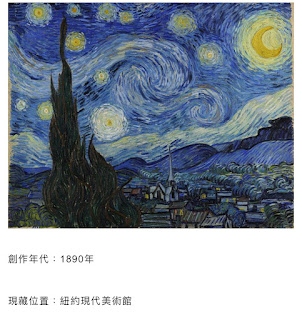南禪朋友好!
五十陰魔
The 50 Māras of
the aggregates
華人讀者的大量出現,讓我想寫寫《六祖壇經》,三月份單月
香港朋友在南禪部落格的點閱率破2千,大家法喜充滿!
The large number of Chinese readers visiting the Blog recently has
inspired me to write about the Platform Sūtra. In March alone, the
NanZen Blog had over 2,000 hits from readers in Hong Kong. May
your heart be filled with the joy of the Dharma!
再來探討《愣嚴經》的「五十陰魔」,寺廟的早課,都是以
「愣嚴咒」做開頭的,事實上,有好多年我都不知道這「魔」
這麼多該怎麼辦?
參考很多觀點,得出我個人的看法。
Right now, however, I’d like to discuss the “50 Māras of the
aggregates” in the Śūraṅgama Sūtra. The morning liturgy at the
monastery begins with the Śūraṅgama mantra. In my young years, I
was confused with why there were so many Māras and how to
practice for a long time. I finally got some ideas after researching
various viewpoints.
《愣嚴經》講的這些魔都是人類的思想、心理問題,例如;認
知不夠或是說我們對很多問題根本就不懂所產生的迷思,但是
冠上佛法專有名詞以後我們要分辨他反而產生困難
如果從人性的弱點下手我覺得比較清楚明白這些艱澀的古代用
詞到底想傳達什麼樣的佛法給我們。
個人覺得魔這字「心魔」為大。
既是「心魔」那麼修行者的心理原本的認知是什麼是不是也該
探討一下!
我個人介意文字傳達的清楚度,所以一定要把一些文字的模糊
地帶搞清楚,指標務必清𥇦!
例如;「五十陰魔」是人性的種種,踏破人性的修行者得而過
關。(目前我還在克服這些魔,但不知怎麼的已經不怕魔,哈!)
It’s possible to understand these Māras as conditions of the human
mind. You see, our lack of understanding gives rise to all sorts of
misconceptions, and trying to use Buddhist technical terminology to
allay our confusion only
makes it worse.
approaching the question from the weaknesses of human nature
makes it easier to understand just what is meant by this abstruse
ancient terminology.
I personally find it helpful to think of Māra here as mainly referring
to the
defilements of the mind.
In this way of looking at it, we begin with the spiritual aspirant’s
understanding and state of mind.
For me, it’s important for words to convey their proper meaning. We
need to be clear about what certain terms actually
mean.
In this way of thinking, the “50 Māras of the aggregates” are the
various tests of human nature that the spiritual aspirant is inevitably
confronted with. (In my case, I’m still working on conquering these
Māras, but at least
they don’t frighten me any more. Ha!)
經驗告訴我自己,除了自己的「心魔作怪」以外,還有誰能撼
動你呢?無知也是吧!
半寄
I’ve learned from experience that we ourselves are our own worst
enemies; apart from these “Māras of the mind,” who/what else has
the power to make you agitated? Ignorance does !
Master Ban Ji
Translated by Ken Kraynak
.JPG)






